Fed Vice Chair Philip Jefferson’s speech today offered insights into the monetary policy outlook and identified key risks in the coming months. He suggested that, assuming the economy develops as anticipated, “it will likely be appropriate to begin dialing back our policy restraint later this year.”
He highlighted three principal risks that warrant close monitoring. First, consumer spending could be “more resilient” than expected, which could inadvertently halt progress on inflation. Second, the possibility of employment weakening as the factors currently bolstering economic growth begin to wane. Jefferson addressed geopolitical risks, specifically the possibility of escalating conflicts in the Middle East and their broader impact on commodity prices, such as oil, and global financial markets.
Overall, Jefferson remained “cautiously optimistic” on the progress on inflation, and emphasized the importance of considering the “totality of incoming data” in shaping Fed’s policy decisions.




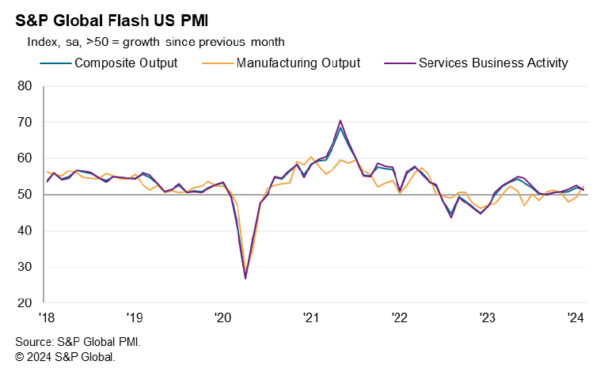
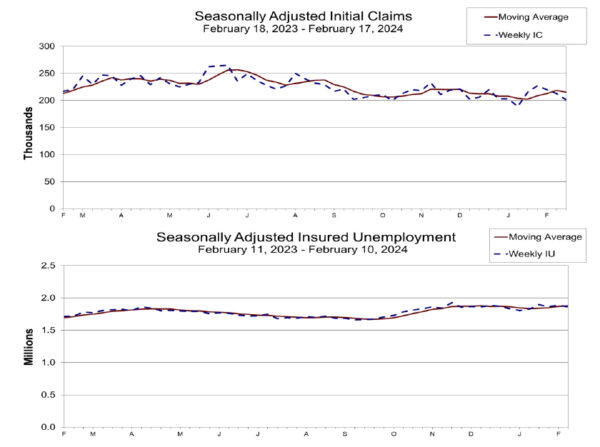
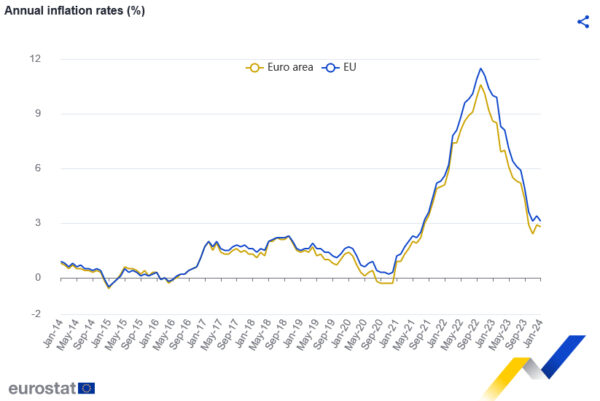
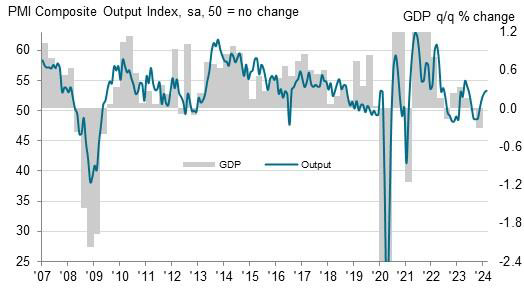
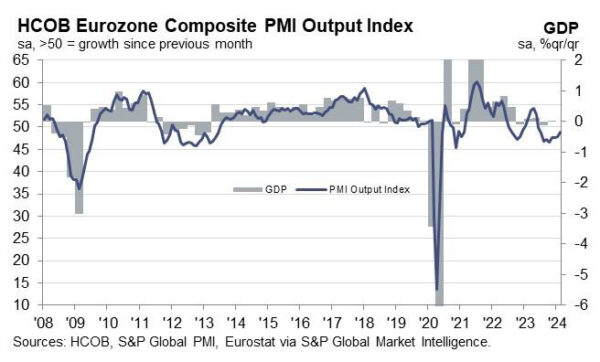
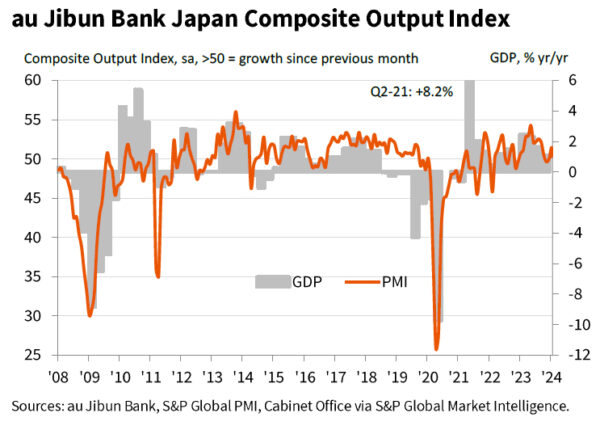
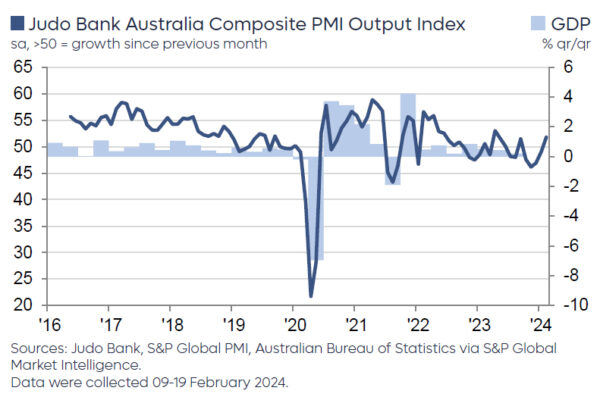
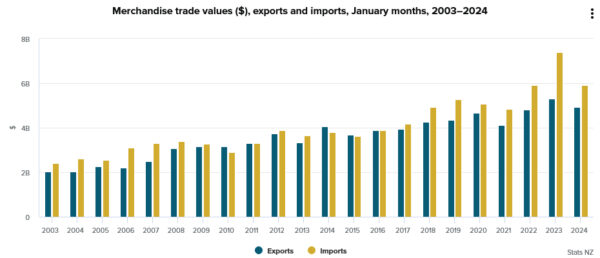
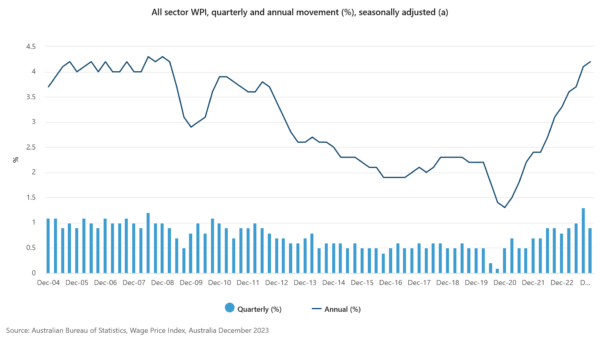
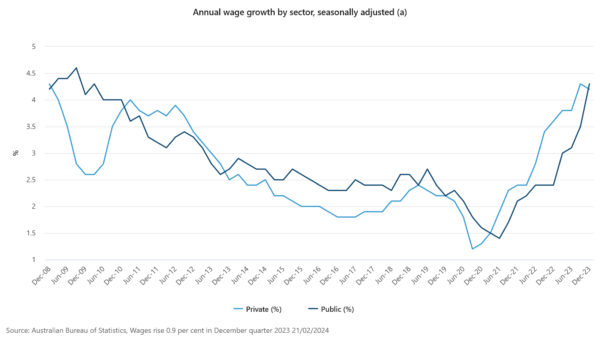
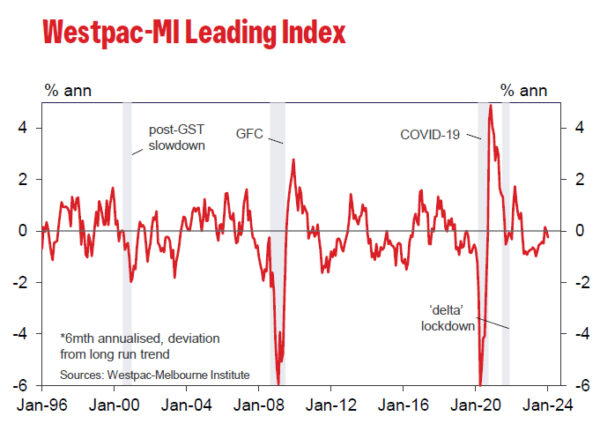
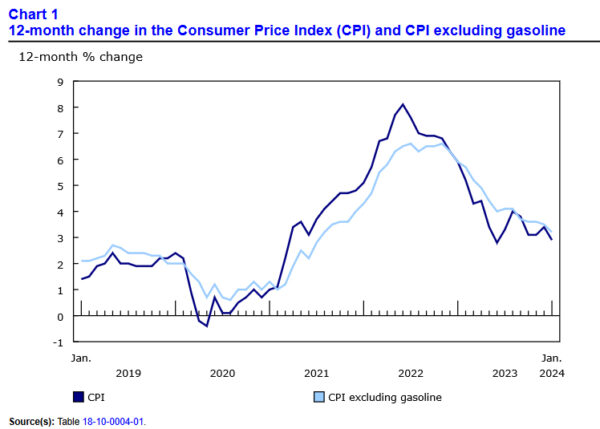

Fed’s Harker warns against immediate expectations for rate cuts
Philadelphia Fed President Patrick Harker did not dismiss the possibility of a rate cut as early as May meeting. But he emphasized the importance of observing “a couple more months” of economic data before making such a decision. “I think we’re close,” Harker stated overnight, advocating for patience by suggesting, “just give us a couple meetings.”
“We may be in the position to see the rate decrease this year,” he remarked. But he also tempered expectations with a reminder of the need for deliberate consideration: “But I would caution anyone from looking for it right now and right away. We have time to get this right, as we must.”
Harker acknowledged the challenges inherent in the disinflation process, describing it as “bumpy and uneven at times.” This acknowledgment underscores the necessity for the Fed to demand “more evidence” before altering its policy course, aiming to discern genuine economic trends from the “vagaries of monthly data.”
In contemplating the initiation of policy easing, Harker advocated for a cautious approach: “let’s start on a steady, slow reduction, because that to me minimizes risk.”